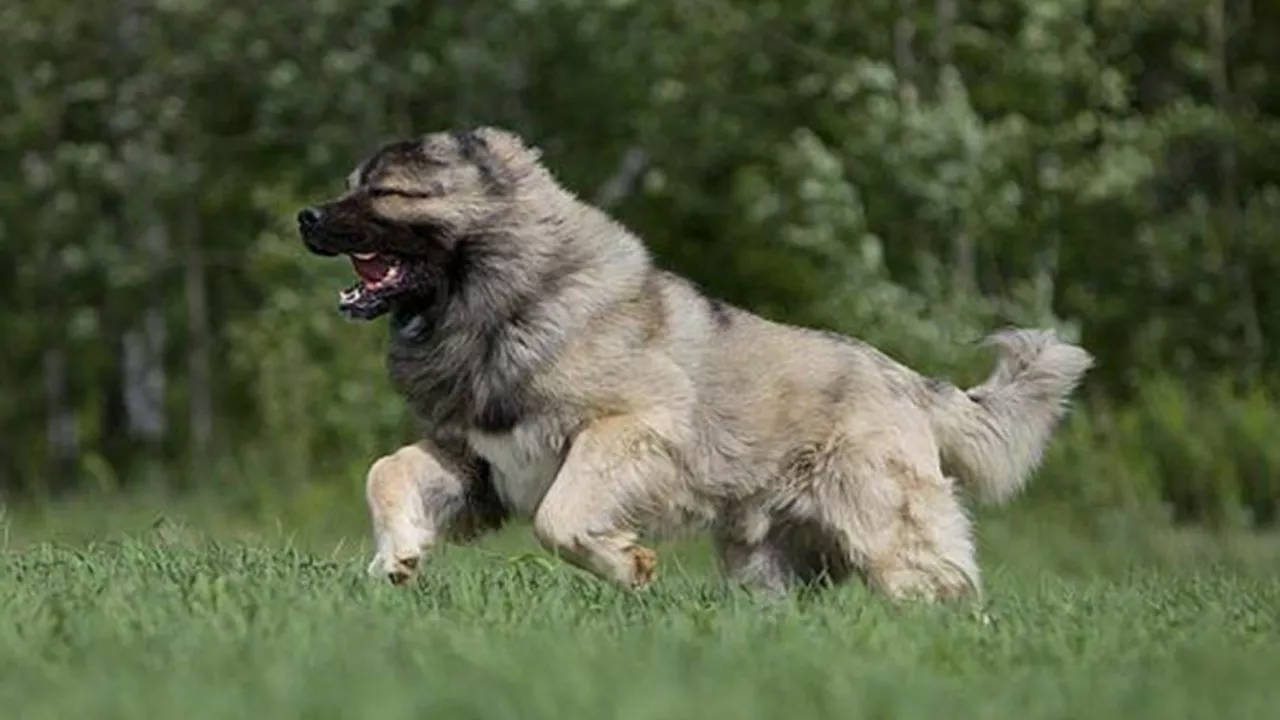Pet Care & Training: Simple Tips You Can Use Today
Welcome to the pet corner of the UK Endurance Rally Hub. You’re here because you want real‑world advice that works, not a lot of theory. Below you’ll find quick, useful pointers for everyday pet care and training, plus a spotlight on one of the toughest breeds to handle – the Caucasian Shepherd.
Everyday Essentials for Any Pet
First things first: a solid routine. Dogs and cats thrive on consistency. Feed them at the same times each day, give fresh water, and set aside a few minutes for play or mental games. That simple rhythm cuts down on anxiety and makes training smoother.
Next, check health basics. A quick visual once a week – look at the eyes, coat, and paws – can catch problems early. If the coat looks dull, a bath with a pet‑safe shampoo and a brush can revive it. For cats, a short nail trim every two weeks prevents painful snags.
Exercise isn’t just for humans. A brisk walk or a game of fetch burns energy and reduces unwanted chewing or scratching. Even small breeds need at least 15 minutes of active play daily. If the weather’s bad, use a hallway for a quick game of tug.
Spotlight: Caring for a Caucasian Shepherd
The Caucasian Shepherd is massive, strong, and naturally protective. That makes them great companions, but also demanding. Here’s what you need to know if you’re thinking about adding one to your family.
Space matters. They need room to move, so a small apartment isn’t ideal. A fenced yard where they can roam safely is a must.
Training starts early. From the first weeks, set simple commands like “sit” and “stay.” Use firm, consistent cues and reward with treats or praise. Because they’re independent by nature, short, frequent sessions work better than long, droning lessons.
Socialisation is key. Expose the pup to other dogs, people, and different environments before they hit adulthood. A well‑socialised shepherd is less likely to become overly protective or aggressive.
Exercise is non‑negotiable. They need at least an hour of vigorous activity each day – think hikes, runs, or structured play. Without it, they become bored and may develop destructive habits.
Grooming keeps them happy. Their thick double coat sheds year‑round and needs brushing at least twice a week. During shedding season, daily brushing helps prevent matting and reduces hair around the house.
Finally, health checks. Regular vet visits for vaccinations, heartworm prevention, and joint health monitoring are vital. Their size puts extra strain on knees, so keep an eye on any limping or stiffness.
By following these steps, you’ll turn the challenge of a Caucasian Shepherd into a rewarding partnership.
Whether you have a tiny terrier or a giant shepherd, the basics stay the same: routine, health checks, exercise, and consistent training. Stick to these pillars, and you’ll see a calmer, happier pet.
Got a specific question? Drop it in the comments, and we’ll share more tips tailored to your furry friend.
How difficult is it to take care of a Caucasian Shepherd?
Taking care of a Caucasian Shepherd can be quite challenging. Their size and temperament require a lot of attention, training, and socialization from an early age. Also, they need a lot of physical activity and mental stimulation to prevent boredom and behavioral problems. Their thick coat needs regular grooming to keep it healthy. Despite these demands, the rewards of owning such a loyal and protective breed are immense.
Read More

